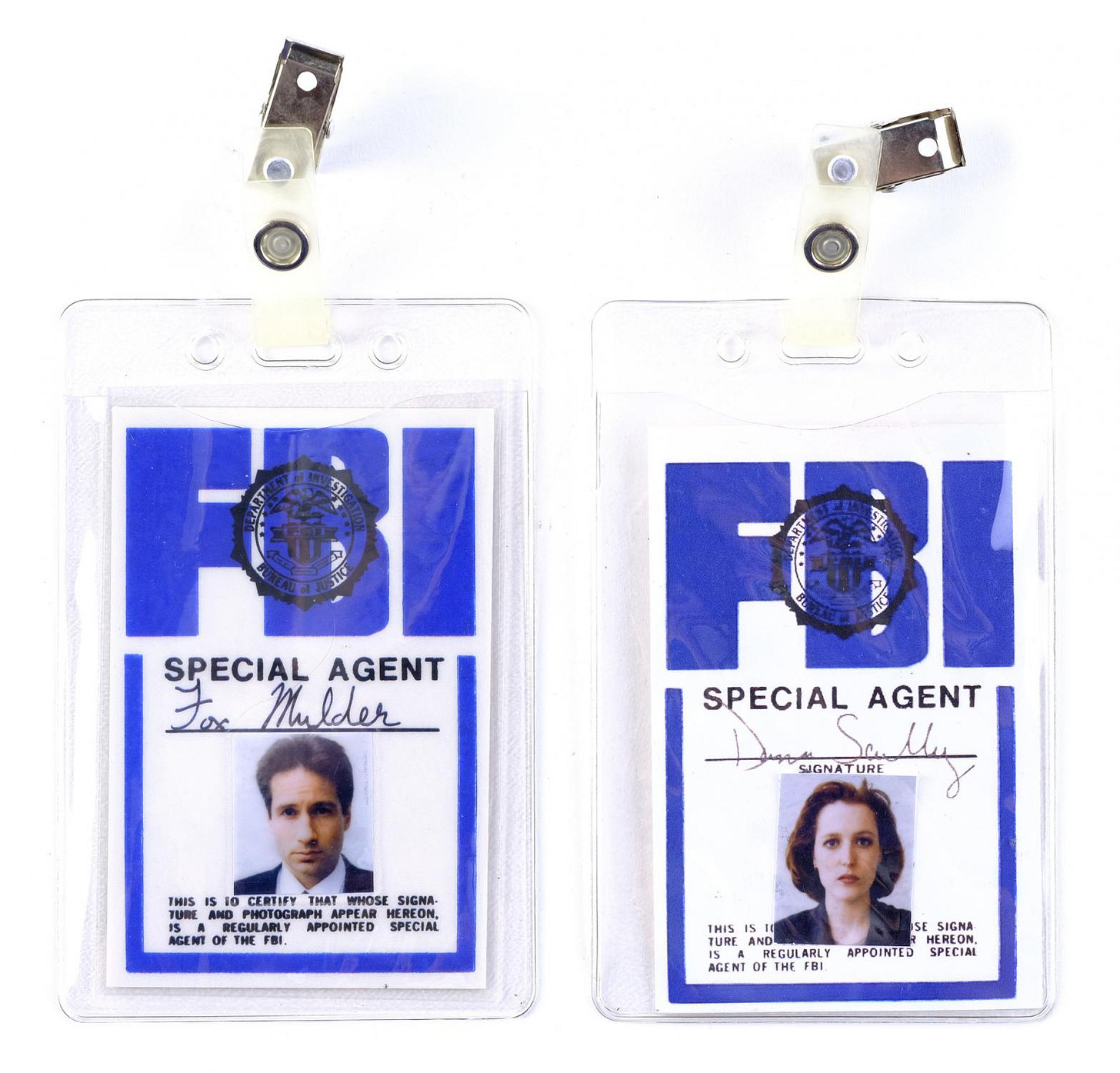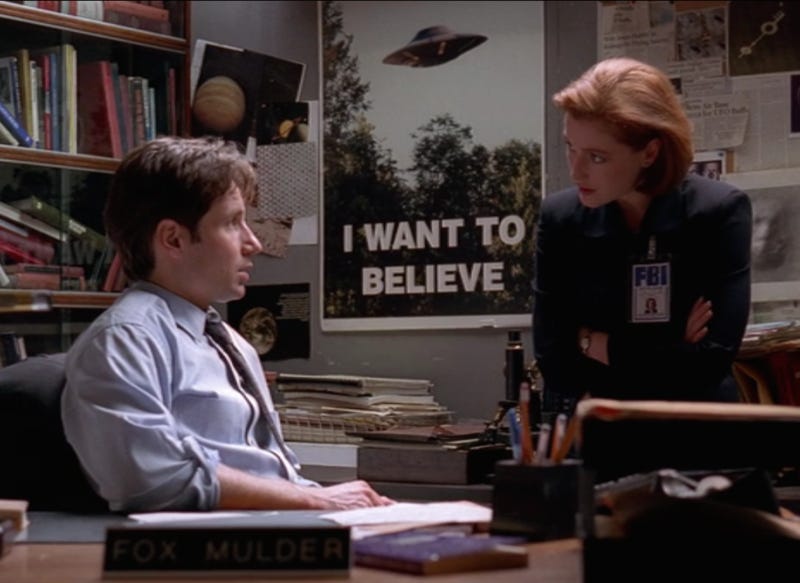Welcome to Startup ROI! I’m Kyle O'Brien, an early stage deep tech investor — alongsideRand Hindi— and community builder based in Paris, France. I write what I see. These days, it’s mostly explorations into various categories of interest including:
The Future of Computing
Blockchain Infrastructure (Privacy & Encryption)
Frontier Health
I enjoy taking complex topics and reducing them into accessible articles and top-notch memes. I also throw bangin’ dinner parties for cool people in tech and venture — sign up here and never miss a meal again.
X Gonna Give It To Ya (*DMX Dog Bark Sound*)
There’s been so much action in the Twitter-verse lately that it’s hard to keep up. While the Twitter re-brand to “X” took over the airwaves, the real news was getting released, shared and discussed on Twitter, apologies, X. I was pretty down about Twitter in the past couple of months — buggy, full of sanctimonious thread bois and a seemingly biased algorithm on the “For You” feed. Say what you will about the re-brand, but I think there’s a turnaround in the works. Not least because of the sci-fi fever dream playing out in the real world.

In the past week we’ve had congressional hearings on UFOs, ambitious announcements from NASA x DARPA and (today’s primary topic) the alleged invention of a room temperature superconductor. I’ve personally been glued to the saga playing out on “X” surrounding the discovery, patent filings, interpersonal battles, public dismissal of credibility and subsequent revival of hope, and the global chase for replication. If none of that made sense to you, don’t worry — I’ll explain. If it did, and it sounds boring, also don’t worry — I’ll only cover a tiny bit on the actual science. I’m more interested in unpacking what it means to do science in the age of X. Let’s go!
What Would Scully and Mulder Do? (WWSAMD)
If you haven’t watched The X-Files, I highly recommend you stop reading immediately and go binge 218 episodes in one sitting. If you don’t have time for that, here’s the synopsis: Dana Scully (Gillian Anderson) and Fox Mulder (David Duchovny) are FBI Agents working on the “X-Files” — a covert unit investigating unsolved, fringe cases usually involving the paranormal. The storyline is great and the sexual tension is palpable. Phenomenal 90’s television.
What does this have anything to do with superconductors? Nothing. But a common refrain has appeared on memes circulating on the internet following the release of a (poorly written) report indicating a breakthrough: I WANT TO BELIEVE! The origin of which is a poster hanging in Mulder’s office in the show (see below).
If you know anything about the potential of room temperature superconductors, you will want to believe too. Let’s break down what’s so special about it’s properties and how it will have humanity-scale impact (if real). Then, if you’re still curious, we can explore the drama surrounding the discovery and subsequent debate.
Some like it hot, some like it cold, some like it at room temperature with ambient pressure
What’s the big deal? I learned about superconductors in science class back in the day. It’s true, superconducting material is not new. The breakthrough here is a material that exhibits these properties at room temperature. Currently, applied superconducting materials require extremely low temperatures (-270C) or extremely high temperatures (77 Kelvin) to function. As a result it’s been difficult to find meaningful industrial applications (energy costs are high, difficult to scale). A material that behaves in this way at room temperature has been the holy grail of materials science for decades. If discovered it would have radical implications for science and technology, a once in a lifetime breakthrough.

Superconductors (SC) have zero resistance from quantum-mechanical effects of how electrons pair up, and travel through a conductor crystal lattice.
The range of potential transformations is hard to grasp. Here’s a brief list:
Lossless energy transmission (power lines lose a ton of energy en route from the power plant to your house)
A step change in nuclear fusion reactors as superconductors are ideal for plasma confinement
Quantum computers in your pocket (improved coherence of cubits)
Batteries — superconductors are some of the best batteries out there, plus your device won’t overheat so no cooling required
Cheaper/better MRI machines, MagLev trains and power grids
Long story short: if this proves to be a valid discovery, we’re in for a wild ride. I can already hear VCs necks snapping due to the impending whiplash from AI to Superconductors.
The Scientific Method in the Age of “X”
You’re probably familiar with the term “building in public” — at this stage it’s more of a marketing playbook than a genuine attempt to share a behind the scenes look at your startup. Nevertheless, it’s representative of the way we (writ large) do everything these days. This extends to the scientific community with consequences good and bad. In the same way that Facebook promised to “make the world more open and connected” (we all witnessed how that went), Twitter’s emphasis on free speech absolutism and the Covid-era mantra of “do your own research” has brought the scientific process out of the shadowy laboratories and into the light of day. There are many reasons to have reservations about this shift, yet in this case specifically, I find it quite delightful and unifying.

In a way, it feels like the original vision for the internet crystallized through a discovery taking place in the digital public square. There were meaningful arguments, do-ers who got to work and attempted to replicate the experiment, academics chiming in to provide historical context for these types of breakthroughs (and their probabilities). The beauty here is that even amateurs could get involved and make a contribution. Contrary to the typical slog of academic research, hidden in the crevices of ivory towers around the globe, we had a bold and public reveal that seemed too good to be true. So much so that most of the old guard were in disbelief. This makes sense: skepticism is the vanguard of science.
But what makes this particular scenario so compelling is simple: the stakes. The upside is a scientific revolution on par with the invention of the micro-chip; the down-side is two Korean materials scientists get black-balled by their respective institutions. This is exactly the right use-case for a public forum (unlike, say, anti-vax conspiracies waging political warfare) and it came at just the right time.
“Anonymous Russian Anime Catgirl Account Replicated the Magic Stones”
- Text from Philipp Stürmer (Physics PhD friend) following the story live
So when I say that a frozen coffee engineer (Cometeer, anyone?) broke the news about two South Korean scientists synthesizing a novel superconducting material dubbed LK-99 on Twitter, you might not be surprised.

As you can see from the stats above, this Tweet went viral. Quickly. From there, people piled on. For the most part, they were well-intentioned scientists hoping to help prove or disprove the claim. Fore example, the Head of R&D at Varda Space Technologies jumped right into the deep end and attempted to replicate the findings after work hours. The promise of this breakthrough is so seductive that people are clamoring at the opportunity to replicate the science. This is the type of story that reassures me that humanity will be alright. That we can work together and get shit done.

This is the first time in a while that I’ve felt genuinely optimistic as I scroll through Twitter. It feels like an important moment in internet (and human) history. It makes me think about what it might be like to have a livestream of Benjamin Franklin running his kite experiment (comments be like: he’s a politician, he should stay in his lane!) or Edison posting videos of his first successful test with an incandescent bulb. Scientific progress always takes time, but look how far we’ve come.
In the span of a week it went from theoretical paper to a potentially world-changing discovery all thanks to a decentralized network of contributors, translation tools, Zoom calls and all the other productivity tech we take for granted today. Imagine the impact of AI on accelerating this progress. Even further, imagine autonomous labs working 24/7 to discover and synthesize on our behalf. What happens when we build the machines that make the machines. I’m not sure our brains were designed to comprehend the upward trajectory of the exponential curve we are currently riding.
The Rabbit Hole
I promised I would share the LK-99 saga, but I think the internet documentarians have done a better job than I ever will. A brief synopsis looks something like:
THIS IS THE BIGGEST BREAKTHROUGH IN SCIENTIFIC HISTORY OMG OMG
WHO TF ARE THESE SOUTH KOREAN MATERIAL SCIENTISTS? THEIR PAPER LOOKS LIKE IT WAS WRITTEN BY A CHILD
THIS IS UTTER BULLSHIT — WON’T WORK, WE’VE BEEN HERE BEFORE
LET’S REPLICATE THEIR FINDINGS AND PROVE THEM RIGHT OR WRONG!
HOLD ON THEY ARE FIGHTING FOR CREDIT BECAUSE THEY EXPECT A NOBEL PRIZE
DOUBTFUL MIT PHYSICIST FLIES TO SOUTH KOREA
SOME CHINESE LAB CLAIMS TO HAVE REPLICATED THE FINDINGS — BUT YOU KNOW, CHINA…
ANONYMOUS RUSSIAN ANIME CAT GIRL ACCOUNT CREATES THE MAGIC STONES AT HER F*N APARTMENT
If you want to witness this rando chemist recreate LK-99 in her kitchen, check out this thread:
If you want the full odyssey, check out this thread:

After reading the emotional rollercoaster above, you’ll be happy to know that there appears to be a first official replication. Check out the video here for the Meisner Effect in action:
We may be at an inflection point. We may have nothing. Rigorous scientific validation takes time but is the only path towards ground truth.
Either way, I want to believe!









